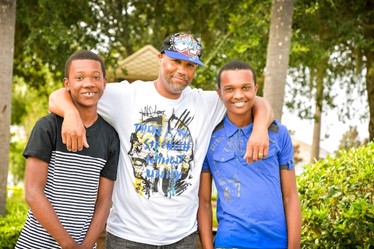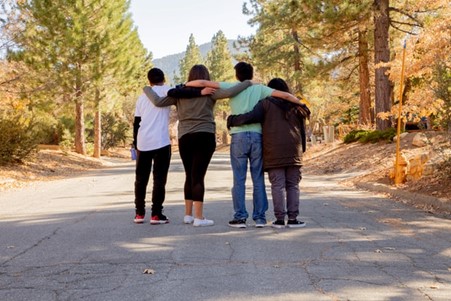
Attachment disorders in adolescents pose significant challenges in nurturing healthy relationships, not just within family units but also amongst peers. The Alpine Academy in Utah reviews the importance of understanding the nature of these disorders, their profound impact on interpersonal relationships, and devising strategies for parents and caregivers to foster healthier connections, which are essential steps toward supporting teens through these hurdles of life.
Understanding Attachment Disorders
Attachment disorders arise from issues during the early stages of child development, where a stable and healthy attachment between a child and their primary caregivers is not established. These disorders are typically categorized into two main types: Reactive Attachment Disorder (RAD) and Disinhibited Social Engagement Disorder (DSED). RAD is characterized by a consistent failure to seek comfort from caregivers when distressed, while DSED involves a pattern of overly familiar behavior with strangers.
The root of these disorders often lies in early experiences of neglect, abuse, or inconsistency in caregiving, leading to profound difficulties in forming secure and healthy attachments later in life. These early disruptions in attachment can significantly affect a teen’s emotional and social development, negatively coloring their worldview and affecting their ability to trust and connect with others.
Impact on Relationships
The ripple effects of attachment disorders on a teen’s relationships can be far-reaching. Within the family, these teens may struggle with trust, displaying reluctance or difficulty in forming close, secure ties with family members. Their relationships may be characterized by detachment, resistance to affection, or at the opposite extreme, indiscriminate affection that lacks genuine trust and security.
When it comes to peers, teens with attachment disorders often find it challenging to navigate the social dynamics of friendships and romantic relationships. They might struggle with understanding social cues, regulating their emotions in social interactions, or may exhibit social inhibition or, conversely, inappropriate disinhibition. These challenges can lead to feelings of isolation, misunderstandings, and conflicts, further complicating their social world.
Fostering Healthier Connections
Navigating the path towards building healthier relationships for teens with attachment disorders is no small feat, yet it’s not insurmountable. Here are some strategies and tips from the Alpine Academy in Utah for parents and caregivers:
- Seek Professional Help: Engaging with mental health professionals who specialize in attachment disorders is crucial. Therapy can provide a safe space for teens to explore their feelings and experiences while learning healthier ways of relating to others. Therapies like Dyadic Developmental Psychotherapy (DDP) focus on building the parent-child relationship as a foundation for healthier future relationships.
- Establish a Secure Base: Teens with attachment disorders need to feel secure and protected. Parents and caregivers should strive to be consistent, reliable, and emotionally available, providing a safe haven and a secure base from which the teen can explore the world and their relationships.
- Promote Emotional Intelligence: Encouraging teens to recognize, understand, and express their emotions in healthy ways is vital. This includes acknowledging their feelings, helping them verbalize their emotions, and teaching them coping strategies for managing intense emotions.
- Build Social Skills: Given the social challenges faced by these teens, direct instruction in social skills can be beneficial. Role-playing, social stories, and group therapy sessions can provide practice and feedback in a safe environment, helping teens learn and practice the nuances of social interaction.
- Foster Independence While Providing Support: Encouraging independence in a supportive environment helps teens with attachment disorders learn to trust themselves and their decision-making abilities. It’s a delicate balance between giving them space to grow while staying within reach to guide and support them.
- Patience and Understanding: Lastly, parents and caregivers must arm themselves with patience and empathy. Building trust and security can be a slow process, full of setbacks. It’s important to celebrate small victories and remain steadfast in your support and understanding.
Teens with attachment disorders tend to face significant hurdles in building and maintaining healthy relationships. However, with the right support, understanding, and interventions, it is possible to overcome these challenges. Parents, caregivers, and professionals play a crucial role in providing the secure foundation these teens need to explore and improve their relational skills. Through patience, empathy, and targeted support, it is possible to guide them towards more fulfilling and secure relationships throughout their journey to adulthood.



















